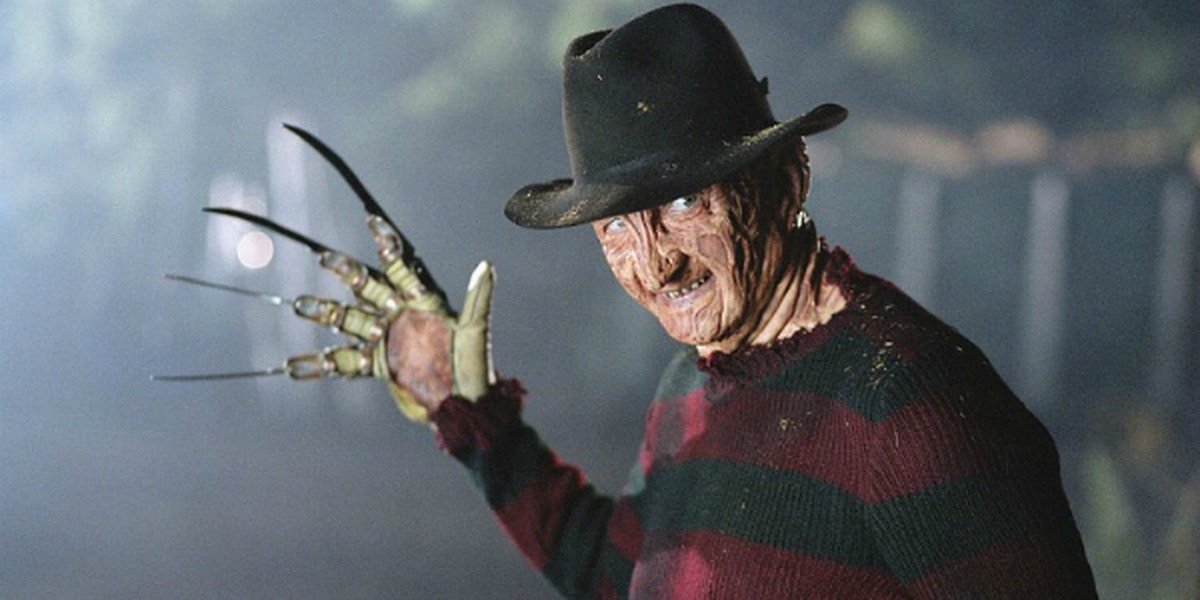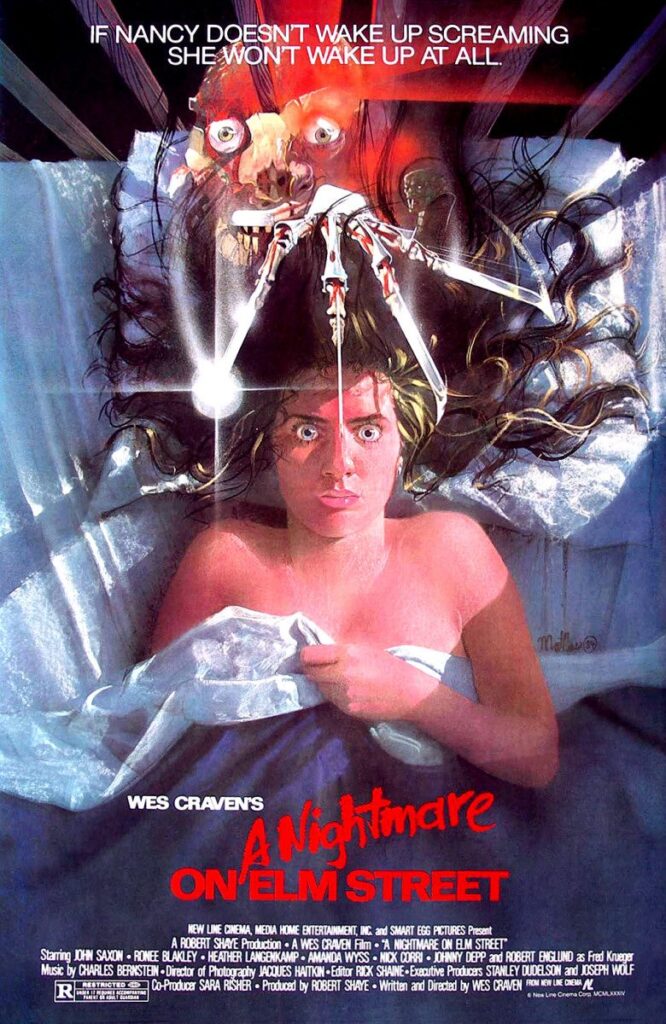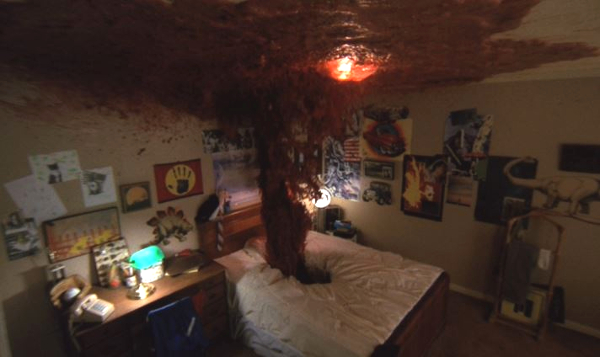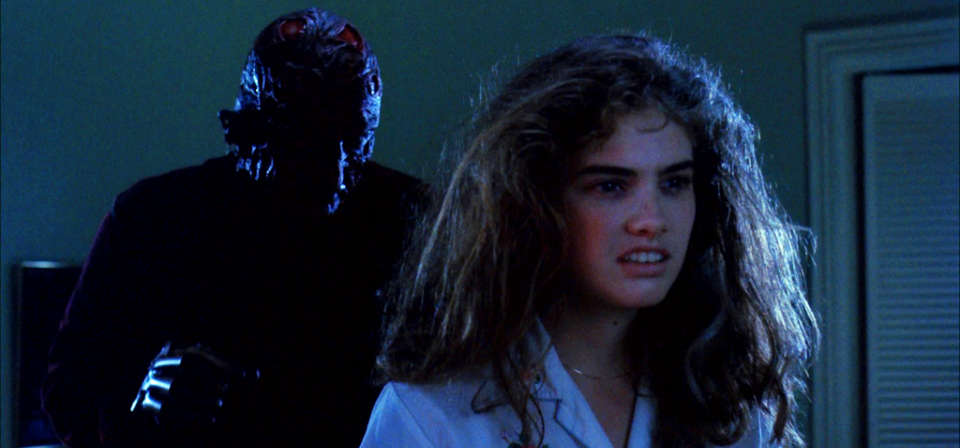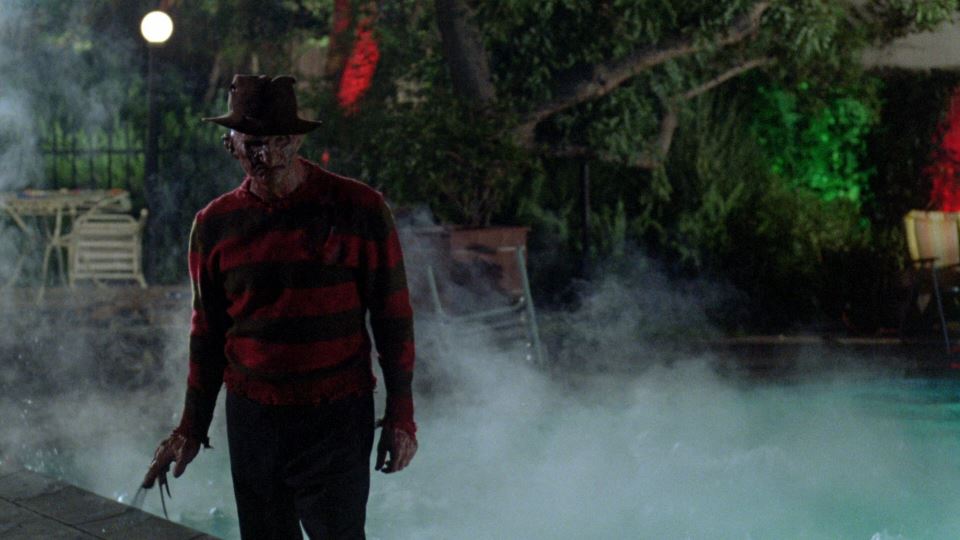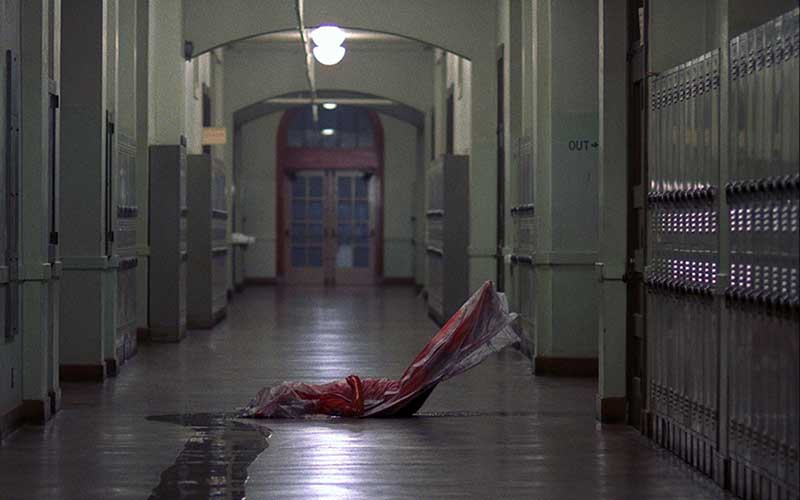This week in horror – 20.06.21
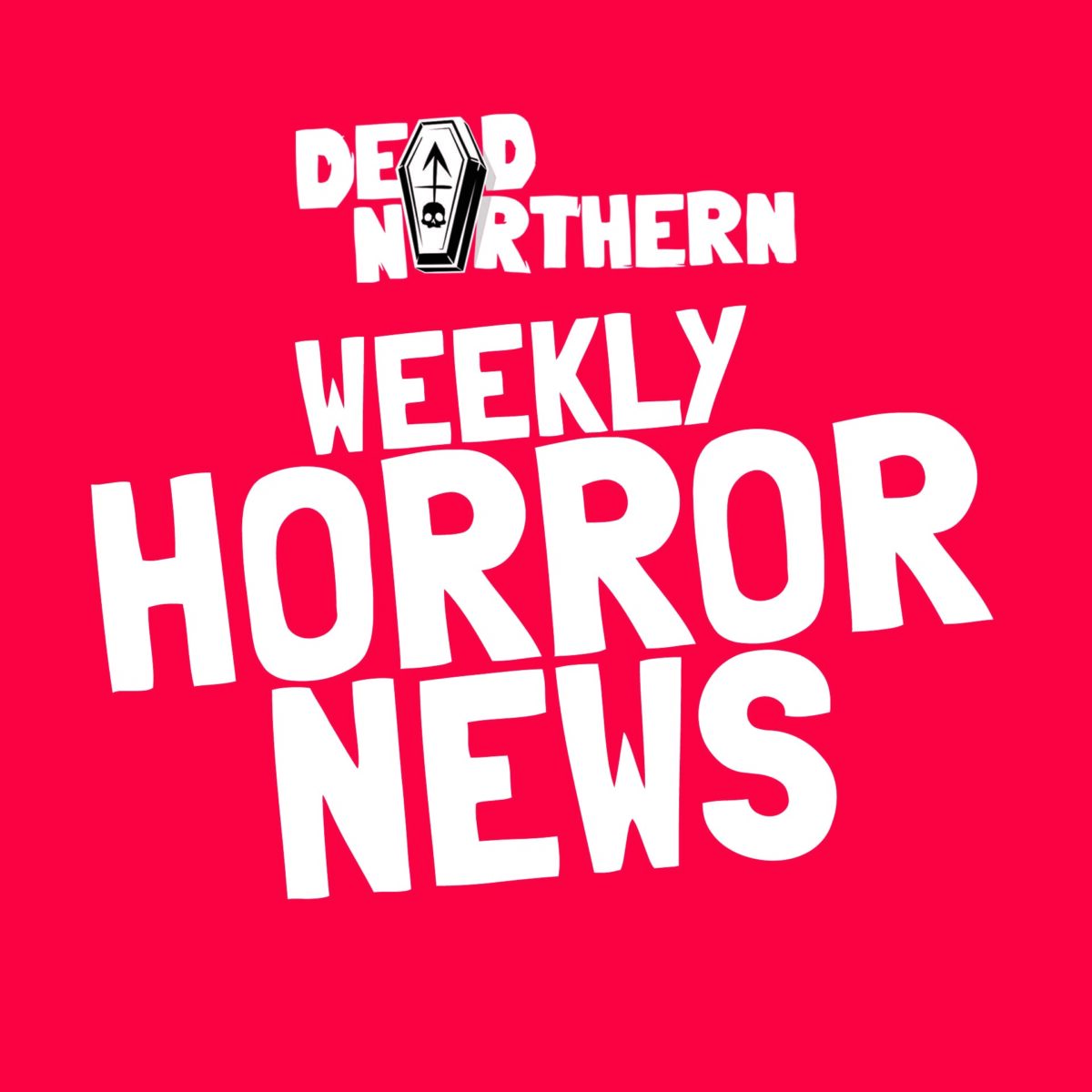
Anya Taylor-Joy and Ralph Fiennes headline new culinary horror film, The Menu

Anya Taylor-Joy has been one of the most exciting up and coming stars who has left a superior mark in horror, with her performance in The Witch (2016) being at the center stage of the film’s success. Now, she has been cast as one of the lead characters in the new horror following a young couple as they travel to a quiet island to dine in a lavishly exclusive restaurant.
Accompanying Taylor-Joy is Ralph Fiennes, who will play the mysterious chef. Fiennes is a Hollywood accolade, known for his roles in Schindler’s List (1993), The Grand Budapest Hotel (2014), and the lead antagonist in the Harry Potter films. The Menu’s development had reached a brief halt early last year as the supposed director Alexander Payne dropped ties with the production, however since then Mark Mylod has been announced as the director for this very exciting film.
Chucky tv series releases an exclusive teaser trailer

Everyone’s favourite doll Chucky is back in one of the franchise’s most courageous roles yet. An exclusive trailer for the new tv series following Chucky and Tilly teases their typical killer antics. Both Brad Douriff and Jennifer Tilly reprise their roles as they star in the show that follows directly from the original films. The teaser is certainly brief, but enough to make Chucky fan’s shiver in anticipation. The direct continuation from the original films will allow for a deep character based study, where we get to learn more about the motives of Chucky, as well as create a longer timeframe to meet old and new acquaintances from his wild life.
Toxic Avenger remake progresses through the development stage
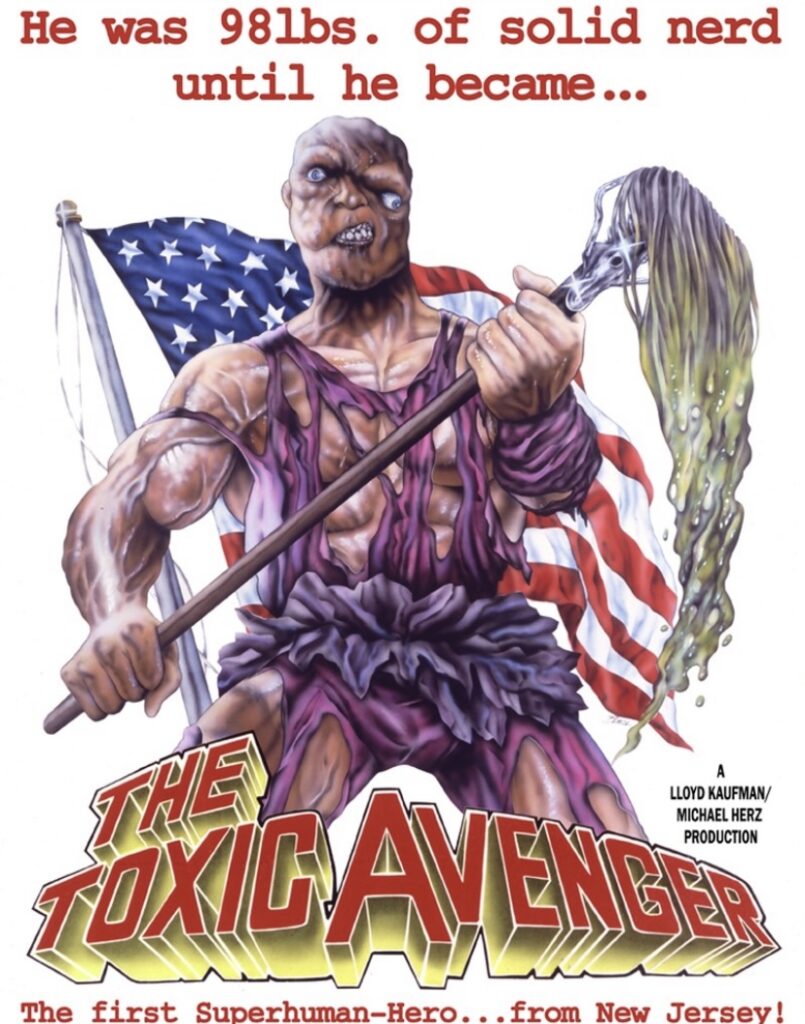
News broke of a remake of the cult classic, The Toxic Avenger late last year, and although the details were sparse, casting information has been announced. Kevin Bacon is officially the latest cast member to be confirmed, he will be starring alongside Peter Dinklage, Jacob Tremblay, and Taylour Paige. Dinklage will lead as the protagonist who transforms from a meak outcast into a deformed mutant, whilst battling off a ring of criminals. Walking in the steps of Toxic Avenger creators, Lloyd Kaufman and Michael Herz is Macon Blair, who directed the acclaimed I Don’t Feel at Home in This World Anymore (2017), and appeared in Green Room (2015), The Florida Project (2017), and I Care Alot (2020).
New film in The Conjuring Universe to be directed by Darren Lynn Bousman

Darren Lynn Bousman has helped frame the Saw franchise, with the latest installment released this year ‘Spiral’, gaining rapid success. And now it seems that he will work his charm on another horror franchise, The Conjuring Universe. The film will follow the infamous tale of the LaLaurie Mansion, which still sits in New Orleans in the French Quarter. The house has a rather sinister history as it housed one of history’s most brutal serial killers. Due to the historical element, the film will only partially be filmed inside the house, with the rest in alternative locations.
Highly anticipated horror, The Night House finally gets a release date

The Night House has been brewing up a storm ever since it entered production in early 2019. The film follows Beth (Rebecca Hall), a widow who remains stricken with grief. To occupy herself she stays at a lake house that her husband had built her. However, it’s not long until the disturbing dreams and visions begin… The film had its world premiere at the Sundance Film Festival on January 24th of last year, but due to restrictions a wider theatrical release was halted. That is until it was released by Searchlight Pictures that the official release date will be August 20th of this year.
This weeks article comes via Grace from Film Overload, you can check out more of her work here.

